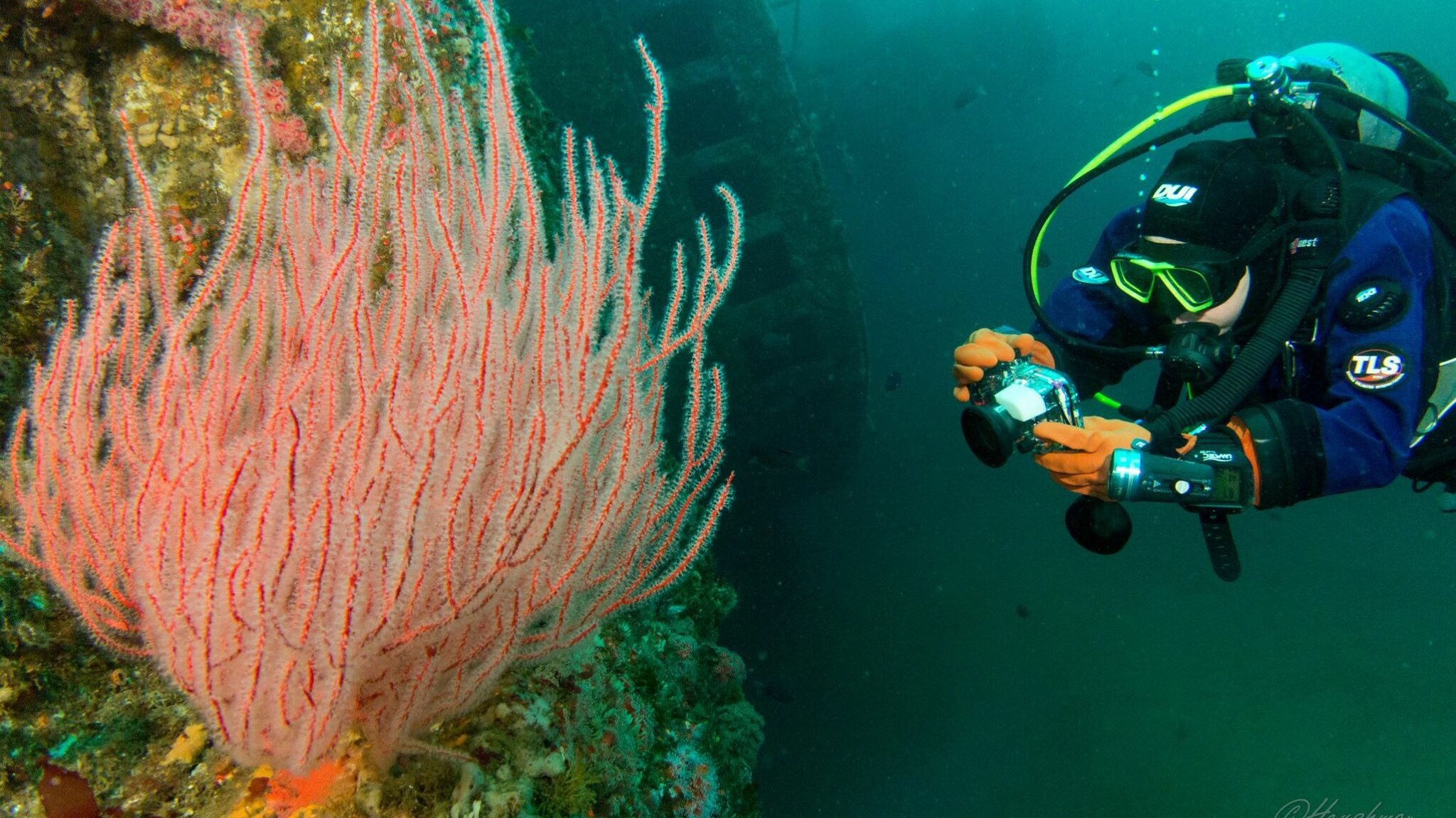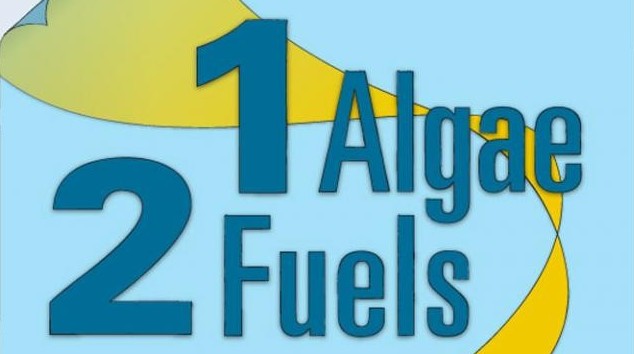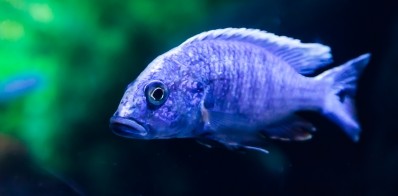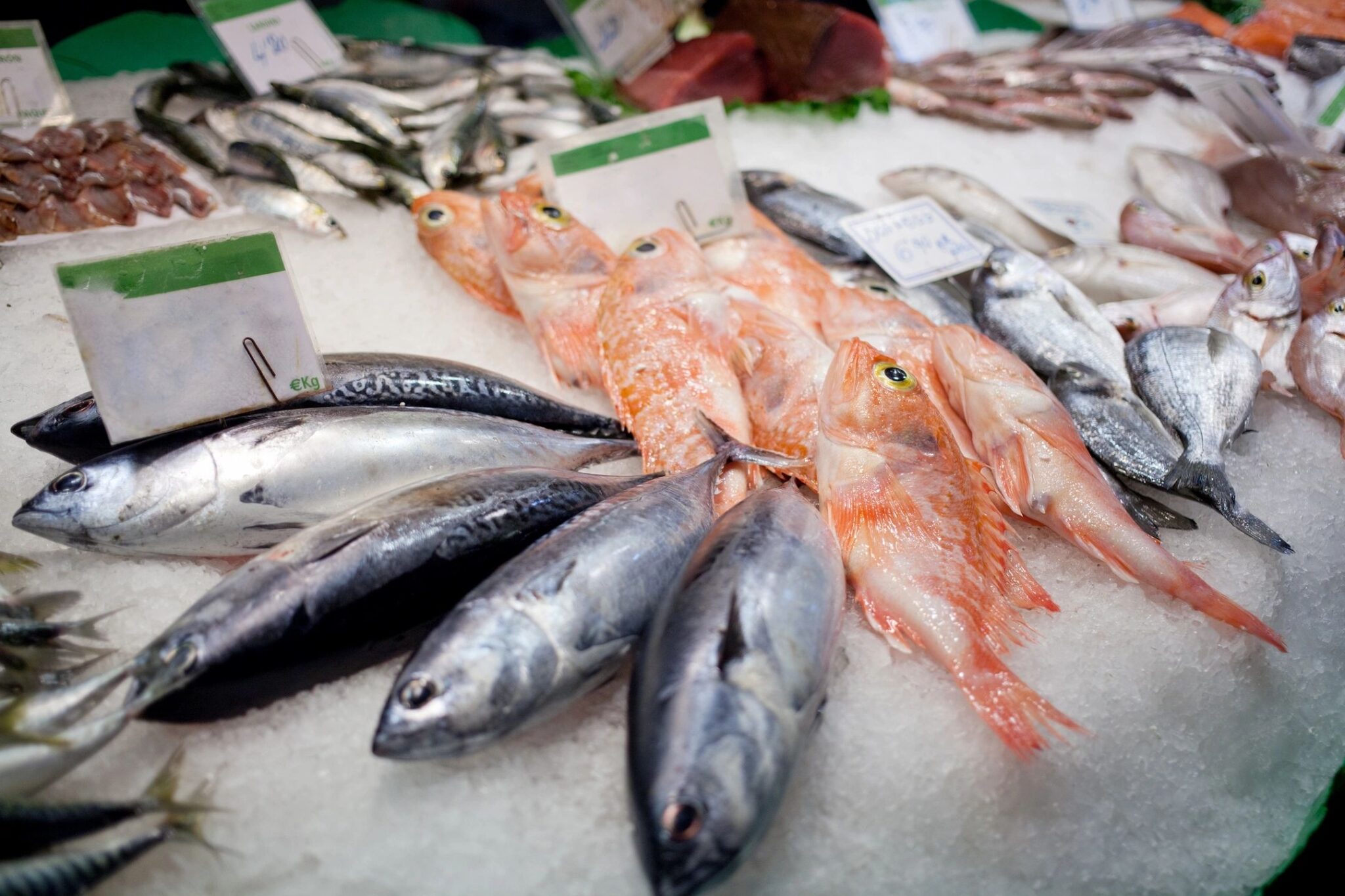by Michael Bear
Since 2000, I’ve been an avid scuba diver in Southern California.
When the Yukon, a 366 ft. long Canadian warship, sunk off the coast of San Diego in July of 2000, it became an artificial reef for divers to explore, piquing my interest in and igniting a lifelong passion for diving.
In late 2006, my dive buddy, Barbara Lloyd, and I found ourselves at a crossroads. Both of us had earned various diving certifications, up to and including Rescue Diver and Master Diver. We had logged over 500 dives and were unsure where to go next. What could we actually do with our diving experience that would be both fun and educational? We had seen articles on the Internet about a group called REEF (Reef Environmental Education Foundation), which offered to train divers how to recognize local marine life and then to log their sightings in a database used by marine biologists to monitor coastal conditions. The possibility of being part of scientific research sounded intriguing. It marked the beginning of our careers as marine citizen scientists.
UNDERWATER ARCHAEOLOGY, ANCIENT SHIPWRECK
Training in Citizen Science
Barbara and I began training as Roving Divers for REEF and logged many instructive dives, learning the various species of San Diego and California marine life through seminars and practicing dives in and around San Diego and the Channel Islands.

For a couple of years, we also participated in the Annual REEF/Monterey Bay National Marine Sanctuary/Sanctuary Integrated Monitoring Network marine life survey, under the direction of Dr. Christy Semmens, Director of Science for REEF, and Dr. Steve Lonhart of Monterey Bay National Marine Sanctuary and the Sanctuary Integrated Monitoring Network. This taught us the more advanced techniques of citizen science diving.
Soon after, we received training from another similarly named group called Reef Check California (RCCA), whose training was a bit more rigorous and not free of charge as Reef.org had been—but it was well worth the experience. With RCCA, we swam through transect line surveys of marine life in the lush kelp forests off the coast of California, under sometimes less than ideal conditions, with heavy surge and limited visibility.
Sevengill Sharks
Right around this time, I developed a personal interest in Sevengill sharks. After having an eye-opening close encounter with one off the coast of La Jolla, I set up a citizen science project, Sevengill Shark Sightings, to enable divers to log encounters with this species of shark. This project ended up snowballing well beyond the original spreadsheet, and it began attracting the interest of some professional shark researchers. It was the first of its kind citizen science baseline population dynamics study of this species of shark in the San Diego area. It has now expanded to include data collected by divers in Cape Town, South Africa. I am currently the principal investigator of both projects.
In 2010, an opportunity arose for further Science Diver training at the California Science Center in Los Angeles, which offered American Academy Underwater Sciences (AAUS) Scientific Diver certification. This center also provided valuable training in animal husbandry, both assisting aquarists as volunteer aquarium divers and helping to feed and to maintain the various forms of marine life at the Center during shows for the public.
What was next?
After a couple of fruitful years at the California Science Center, another crossroads had been reached: what was next for my scuba career?
In 2014, Barbara had the idea of setting up an ocean-related related nonprofit organization (NPO) that would be focused mainly on gathering and sharing data from various citizen science projects, as well as some doing documentary filmmaking.
It would be called Ocean Sanctuaries.
Ocean Sanctuaries
We felt this would be the perfect vehicle to establish a non-profit devoted almost exclusively to ocean-related citizen science projects and to share the data obtained from these projects with both the professional and the citizen science communities.
Ocean Sanctuaries now administers two shark citizen science monitoring projects: The Sevengill Shark ID Project and Sharks of California.
We run one artificial reef monitoring project, the Yukon Marine Life Survey, which uses the iNaturalist app to record marine life species seen on and around the sunken ship. Because the Yukon sits on the bottom of the ocean at 100 ft., this project is for advanced divers only. Participants take a photograph of any species of marine life seen on the ship and then upload it to the database at iNaturalist, which is run by the California Academy of Science. Artificial intelligence tools and experienced scientists help users identify the species photographed.
Ocean Sanctuaries also has an ongoing Tide Pool project open to the general public in any California coast area.
We offer a certificate in Marine Citizen Science for those without a science background to give them the basic tools needed to participate in any marine citizen science program. It’s online, so anyone, anywhere can receive the certification.
Our philosophy is that you never stop learning, and we look forward to many more dives, discoveries, and citizen science efforts.
About the author
Michael Bear has been diving in California for nearly 20 years and is the co-founder and current President of Ocean Sanctuaries.
Featured image: Science diver Barbara Lloyd photographing a sea fan on the Yukon. Photo by David Hershman.




